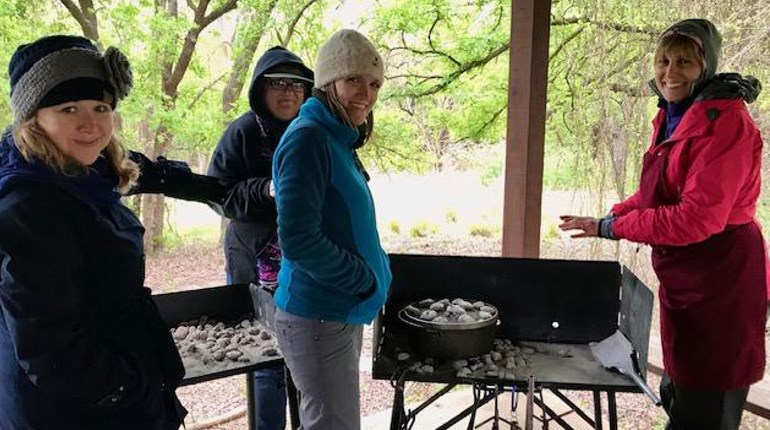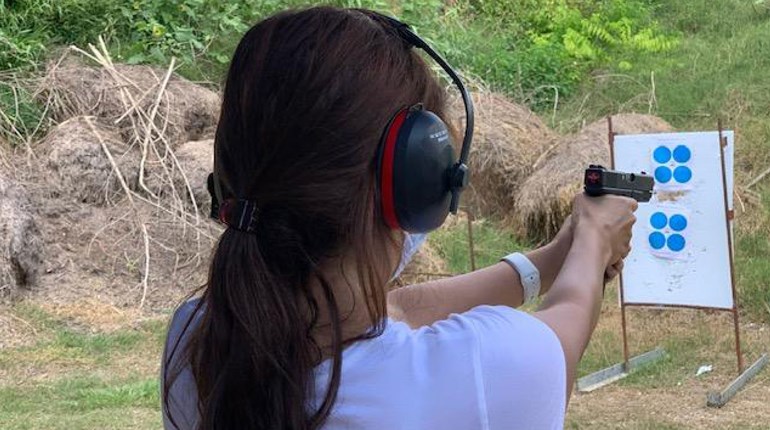
Spending time in the great outdoors is how many NRA Women escape and unwind from modern civilization. The backcountry, in particular, is wild and untouched by human development. However, the more we are influenced by our modern world, the easier it is to forget that nature is more powerful than the conveniences upon which we have come to rely.
When you are in the backcountry, you are on your own. If you get into trouble, help is not just a phone call away. Most of the wilderness doesn’t have cell service. If it starts to storm, there may not be a shelter readily available. This is why you should be aware of the hazards that you might encounter off the grid so that you can identify potential threats and take evasive action to prevent life-threatening situations.
I just returned from an annual trip to Montana and Wyoming, exploring the Greater Yellowstone ecosystem, where I was able to observe several different types of backcountry hazards. For example, I observed more black and brown bears, moose and bison in viewing distance than I have ever seen on past trips. I also witnessed the historic flash floods and landslides in Yellowstone and Grand Tetons National Parks.
While the force of Mother Nature is awe-inspiring, outdoor adventurers must be aware of hazards that could ultimately become deadly.
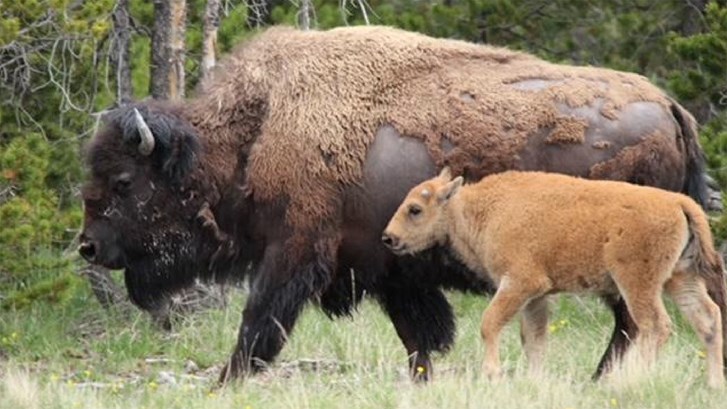
Wildlife
In North American backcountry there are many types of wildlife you might encounter that pose a potential threat. The first are herbivores and small carnivores that prefer to be left alone. Bison, moose, elk, deer and badger, for instance, are wildlife that could cause severe injury if you approach too closely. These animals are usually only a threat if you invade their space.
The second category of wildlife includes creatures that are small enough that you could accidentally sit on, step on or place your hands on. These include venomous insects and reptiles. Spiders, scorpions, bees, wasps and centipedes are examples of insects that can inflict painful, debilitating or even deadly stings. Additionally, venomous snakes pose a real threat to the unwary hiker or camper. Rattlesnakes, water moccasins, copperheads and coral snakes can be found throughout the U.S. Venomous snake bites are very serious and usually require immediate medical attention.
The last category of wildlife that you may encounter and should always avoid include large carnivores. These include brown bears (grizzlies), black bear, wolves, mountain lions and alligators. Close encounters with this category of wildlife usually ends in serious injury or death. As we push deeper into the wilderness with homes, parks and other forms of civilization, encounters with large carnivores are becoming increasingly more common.
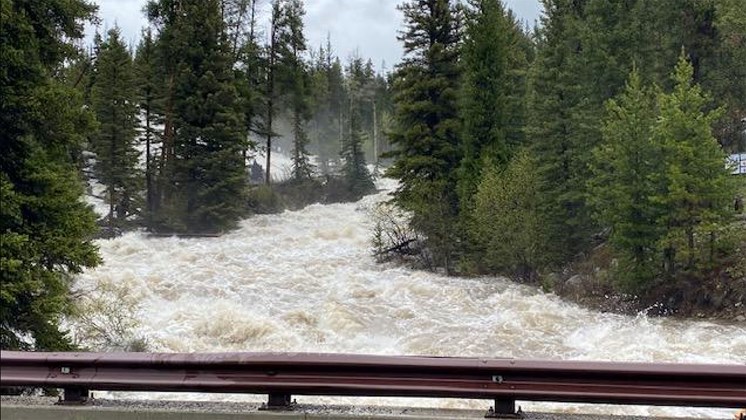
Flash Floods
A flash flood is a sudden rising of water in low-lying areas due to heavy rains, tropical storms, snow melt, breach of a dam or any combination of these. Flash floods occur when the ground can not absorb the water faster than the rising water, or faster than the flow of water can drain off. Flash floods catch many hikers, campers and hunters off-guard, and can be very dangerous, often resulting in death by drowning. Many times, unsuspecting victims are camping in dry riverbeds, washes or on the bank of any river or waterway.
Always be aware of signs that a flash floor is imminent. For example, keep an eye on distant rains, especially if the rains are occurring in distant mountains. If you are in higher elevations, you might see an existing body of water, creek or river quickly start to rise. In the southwestern United States, heavy rains in a distant mountain range could result in a deadly, crashing wall of water thundering down a dry riverbed or canyon, flooding the surrounding area within just a matter of seconds.
Always be aware of your surroundings. If a body of water starts to rise, head to higher ground immediately. This also applies if you are in a dry riverbed and observe rains in higher elevations. Any time there is a potential for rising water, your best plan of action is to get to higher ground, and get yourself out of the area as quickly as possible.
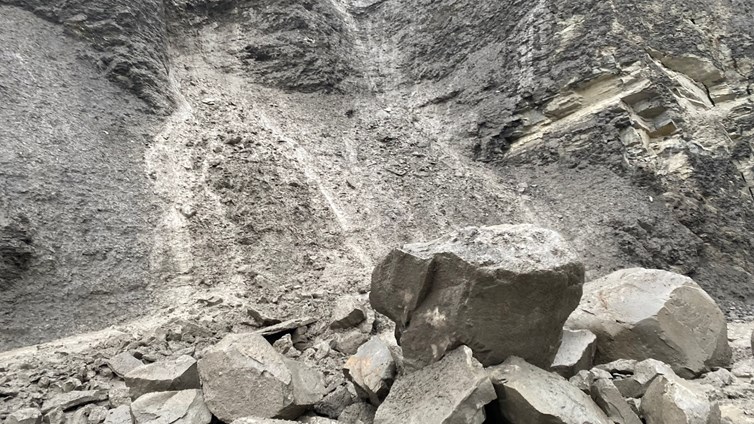
Rockslide in Yellowstone National Park. (Image courtesy National Park Service)
Landslides
Landslides include mudslides and rockslides. Landslides are the sliding or sluffing off of earth, mud or rock onto the ground below. According to the United States Geological Survey (USGS), landslides are described as “a type of mass wasting which denotes any down-slope movement of soil and rock under the direct influence of gravity.” There are five types of landslides: falls, topples, slides, spreads and flows.
Landslides can be caused by many environmental factors. These include, but are not limited to, heavy rains, snowmelt, changes in water level, erosion, earthquakes, volcanic activity and human activity. Earthquakes can also cause underwater landslides, resulting in flash floods or tsunamis in coastal regions.
Backcountry visitors need to be aware of their surroundings. Anytime heavy rains occur, be aware of any steep grade that is bare or rocky, especially if there is sparse vegetation present on the slope. Also be aware of any earthquake or volcanic activity. This is not as uncommon as you think. There are up to 3,000 earthquakes a year, even though most are never felt. Any time any earthquake is felt, you should immediately head to higher ground while paying attention to any loose earth from above.
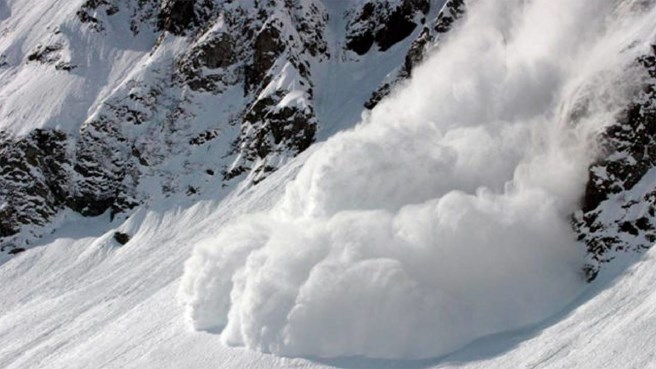
Avalanches
An avalanche is the rapid downhill slide of snow or ice. This type of hazard can be caused by rain, melting snow or ice, earthquakes, animals or humans. There are several types of avalanches. The most common are slab avalanches and loose snow avalanches. Slab avalanches are caused by the collapse of underlying weaker snow. Loose snow avalanches are caused by a loose top layer of snow. Both types of avalanches increase in velocity and mass as it falls down the slope. If the avalanche travels fast enough, it mixes with the air creating a powder snow avalanche. Other avalanches include wet snow avalanche, ice avalanche and pathway avalanche.
In the wintertime, avalanches are some of the most hazardous and deadly occurrences. Snowmobiling, skiing and snowshoeing are a very popular winter sports that can instigate or fall victim to avalanches. If you participate in backcountry snow sports regularly, you should take an avalanche education course. On average there are 30 people killed in avalanches every year in the U.S.
Anytime you are under a mass of snow, be cognizant of any conditions that make the snow slide downhill. It is always wise to check with local officials regarding areas that have a lot of snow and which areas to avoid. Additionally, always scan distant hillsides for any movement that could give away a potential sudden slide of snow.
The backcountry is here for us to enjoy; just be wary of the hazards that go along with it. Common sense and education go a long way in staying safe in the outdoors. Listen to your gut feeling—if something does not seem right, it probably isn’t.












